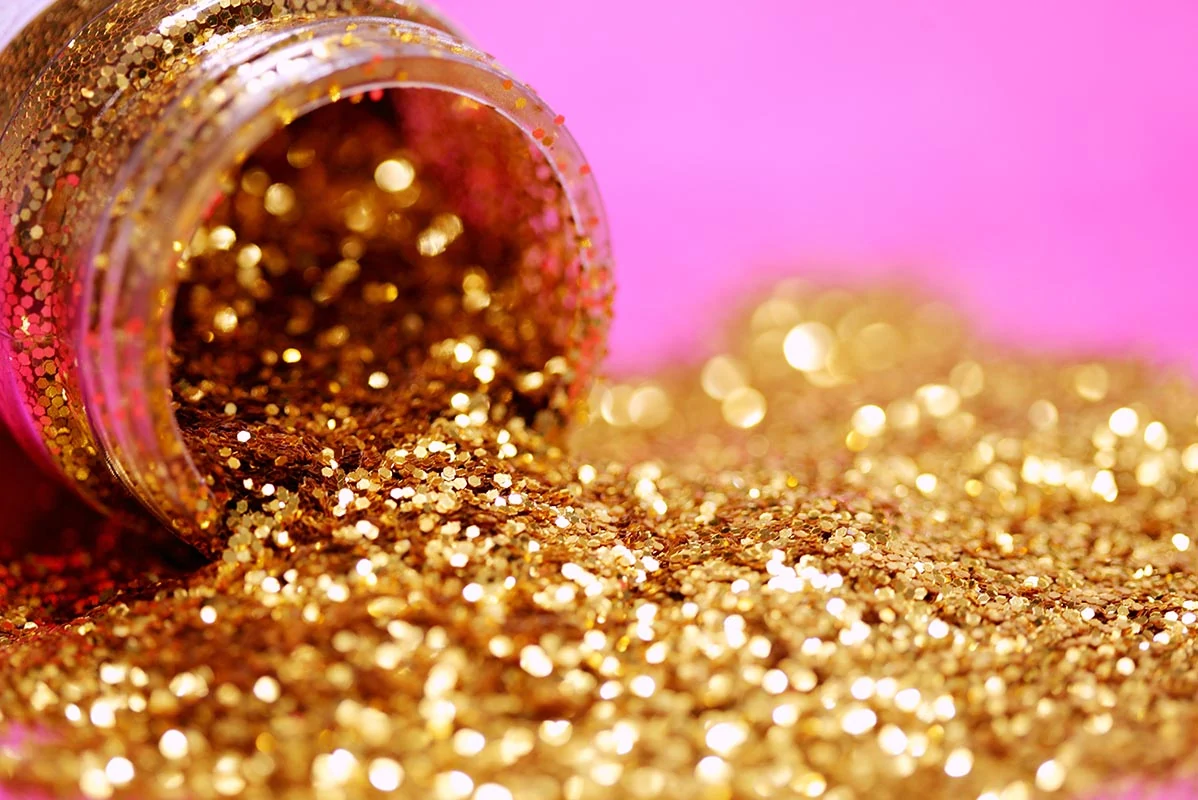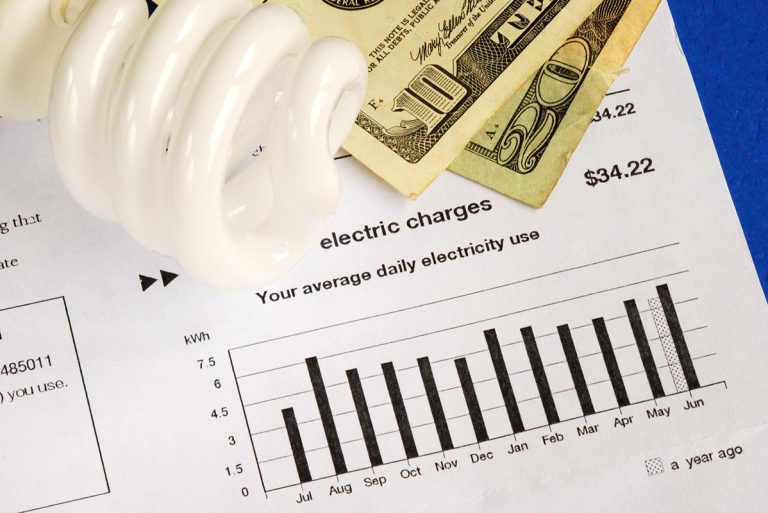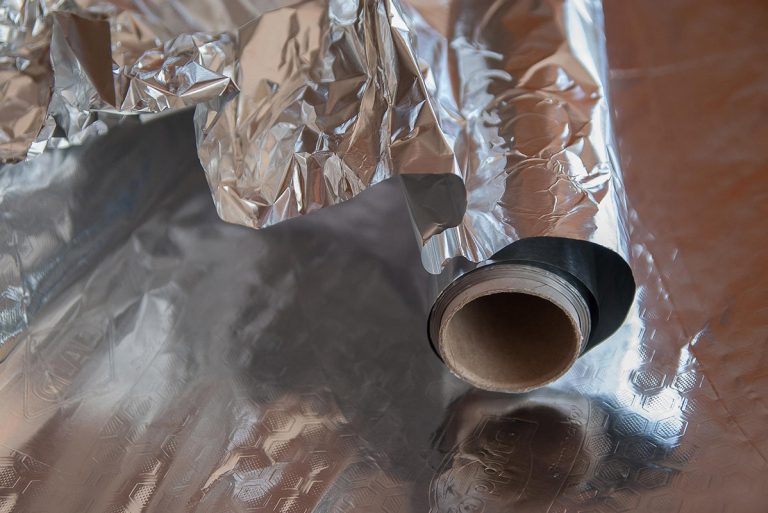You may be shocked to realize how damaging many of the items you use every day are to the environment. A great case in point is glitter: many of us have used this for craft projects or to beautify ourselves, but are we damaging the environment at the same time?
What’s wrong with ‘regular’ glitter?
Regular glitter is essentially a type of microplastic, which have come to be recognized in recent years for their terrible impact on the environment. Glitter is traditionally made from sheets of metallized plastic film that is chopped up into tiny pieces.
These tiny particles make their way into the environment, whether they are washed off our faces or shed from a greeting card, and from there get into our waterways or land environments, playing havoc with ecosystems.
As they are made from plastic they don’t biodegrade, but instead exist for years polluting land and water, and are ingested by land and marine animals. When ingested, glitter and other microplastics can build up in fish and animals’ stomachs, sometimes with fatal results.
These are good reasons not only to avoid buying regular glitter directly, but also to be careful to avoid buying products that contain glitter. These sneaky pieces of microplastic can be found in cosmetics, toys, wrapping paper, cards, and even clothing, so you may buy glitter inadvertently!
What is biodegradable glitter?
With a range of eco-friendly alternatives to glitter now being marketed, you may still be able to have some sparkle in your life while looking after the planet.
In many cases, avoidance can be the best approach – do you really need to buy that glitter?
When you do want some glitter, whether as part of your festival look or for crafts, biodegradable may be a good solution.
Biodegradable glitter is a form of glitter that is not made from plastic (in theory at least) and will break down naturally, without causing harm to the environment.
However, biodegradable glitter may not be the wonder solution you think it is.
Is biodegradable glitter really eco-friendly?
As with many “green” products these days, you need to be discerning when buying biodegradable glitter.
In many cases, glitter that is labelled ‘biodegradable’ is not biodegradable in the traditional sense. That is, it needs industrial composting in order to break down, and will not naturally biodegrade if it enters the natural environment.
One study found that so-called biodegradable glitter was still damaging to rivers and lakes. The 2020 study conducted by Anglia Ruskin University found that modified regenerated cellulose (MRC) and mica glitter, both increasingly being used as “eco-friendly” alternatives to regular glitter, had negative impacts on freshwater habitats.
Furthermore, these impacts were almost identical to those of regular glitter, with the scientists concluding that:
“both conventional and alternative glitters can have a serious ecological impact on aquatic ecosystems within a short period of time.”
– Dr. Dannielle Green, Senior Lecturer in Biology at Anglia Ruskin University (ARU)
For these reasons, some environmentalists suggest that skipping glitter entirely is the only way to avoid these tiny, damaging particles entering the planet’s ecosystems.
On the other hand, others argue that there are glitter alternatives that are truly biodegradable, namely those made from regenerated cellulose without being coated with chemicals, metals, or plastic.
If you are discerning about the biodegradable glitter you buy, you should be able to continue your glitter obsession without harming the earth.
Which biodegradable glitter should I buy?
Unfortunately, greenwashing is all too common these days, including when it comes to glitter alternatives. This means that some unscrupulous manufacturers have rebranded their glitter as eco-friendly when it may still be damaging to the environment.
There are a number of types of glitter that are being marketed as biodegradable or eco-friendly when this is at best misleading and at worst outrightly false. Understanding the different types of materials used to make alternatives to traditional will help you to make a truly eco-friendly purchase.
Cellophane-based glitter
Cellophane is a cellulose-based type of bioplastic that was first developed in the 1930s. Although it may sound environmentally-friendly because it is made from cellulose, a natural plant fiber, it has a chemical structure that means it will not biodegrade in the natural environment. Although cellophane-based glitter has been around for years, no manufacturer has managed to get it certified as biodegradable in any sense.
Cellulose acetate glitter
Cellulose acetate is another so-called biodegradable material that will not break down in the natural environment, so is no more eco-friendly than plastic. This is the same material that is used to make cigarette butts.
Modified regenerated cellulose
Another type of cellulose, modified regenerated cellulose (MRC), is also commonly used to make “eco-friendly” glitter. Although the core material is sourced from natural materials such as eucalyptus trees and will biodegrade, this glitter is typically coated with aluminum and a thin plastic layer to give it its shine.
Compostable glitter
The term compostable glitter is rather misleading, as this kind of glitter will not biodegrade in nature. Although it can be recycled, these materials will only break down under specific temperatures, under a particular amount of pressure, and the right bacteria environment.
This will only be possible if you can somehow take your disposed glitter to a compostable plant, and collecting up every piece of glitter is difficult if not impossible. On the other hand, if compostable glitter is washed off or disposed of and gets into the natural environment it will hang around, polluting soil and water in essentially the same way as regular, plastic-based glitter.
PLA glitter
PLA glitter is made from polylactic acid that can be broken down through a process called hydrolysis at high temperatures. Although manufacturers sometimes label this kind of glitter biodegradable, it will only break down and regenerate bio-materials under these industrial conditions and so won’t biodegrade in the natural environment.
It is important to look for products that demonstrate the finished product will biodegrade in the natural environment. The best way to ensure this is to buy products that have been independently certified by reputable third parties.
The WWF recommends looking out for the OK Compost Biodegradable certification that indicates that the material will biodegrade in the natural environment.
Recommended biodegradable glitter brands
Bioglitter is currently the only glitter manufacturer that has been independently certified to biograde in normal conditions in the natural environment, including in fresh water. It is 100% plastic-free and is made from regenerated eucalyptus cellulose that is responsibly sourced.

It has been independently certified as water biodegradable by TUV Austria, a trusted third-party.
However, even when buying Bioglitter it is important to be discerning as the manufacturer admits that only four out of their five product lines are 100% biodegradable. So always check you are buying a product that is certified to break down in the natural environment!
In the US, the only licensed retailer of Bioglitter is Today Glitter. In the UK, you can buy Bioglitter products from Eco Glitter Fun, Moonshatter and Moon Creations who also sell Bioglitter products on Amazon.
A final note about biodegradable glitter
The word “biodegradable” has become something of a marketing term that is used by brands to market their products as eco-friendly.
Some unscrupulous manufacturers mislead consumers by marketing their glitter as biodegradable or environmentally friendly when in fact the product will not break down in the natural environment. Therefore, it is important to be conscious, do your research, and check independent certifications to ensure that you are buying glitter that is truly biodegradable.
If you’ve found this guide to biodegradable glitter useful, go ahead and share this article to spread the word and help others to make better, more eco-friendly decisions.













